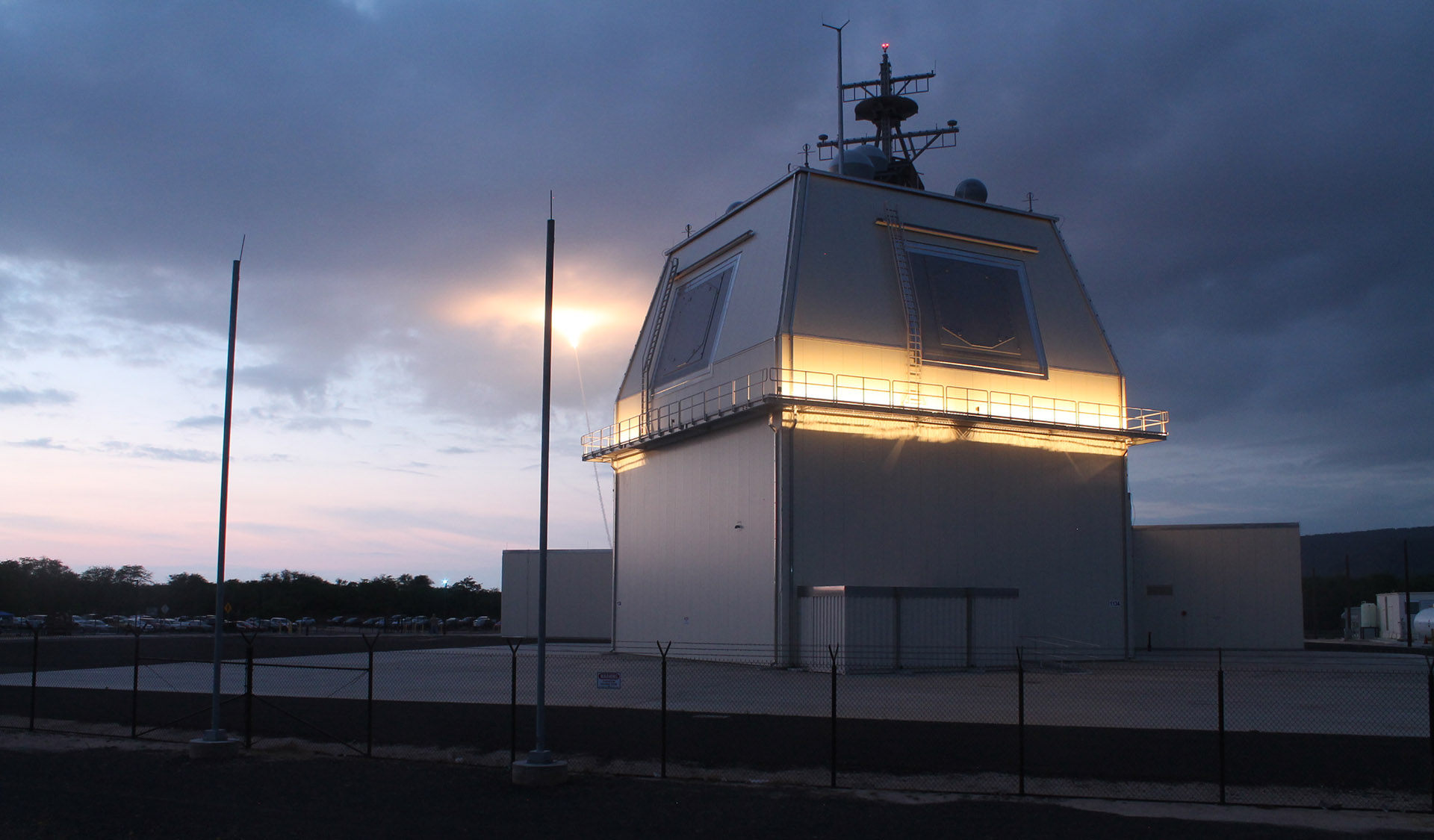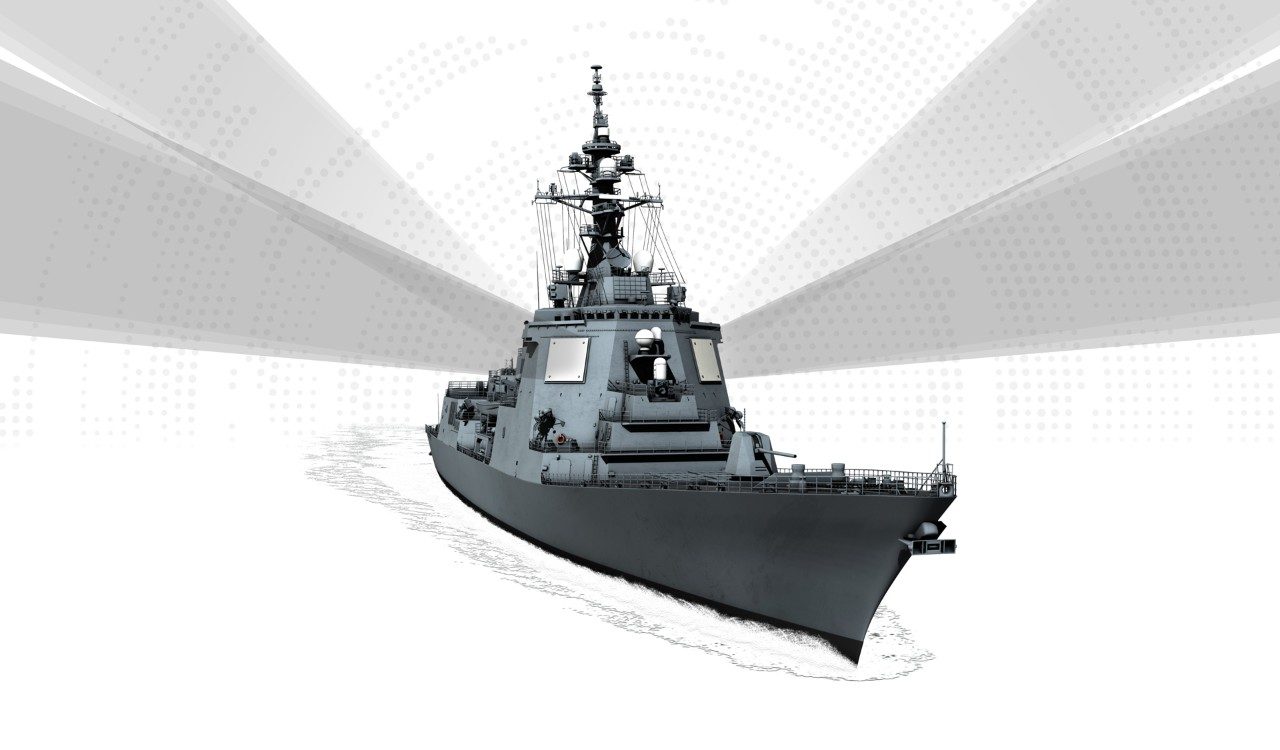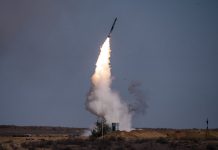Japan’s geographical position puts it in a peculiar spot as it is in close proximity with two of its biggest adversaries, China and North Korea. With the growing advancements in the missile arsenal of both the communist nations, it becomes imperative for the Japanese military to strengthen its strategic defenses.
China’s New ‘Super 6G Tech’ Can Penetrate Hypersonic Missile Shield, Boost Country’s Near-Space Defense – Top Scientist
Lockheed Martin has completed a successful demonstration of its new SPY-7 radar and software integration program for the AEGIS missile defense system, which is planned for deployment by Japan’s Self Defense Forces, according to a press statement issued by the company.
“The SPY-7 radar brings superior capability to sea or land-based platforms, utilizing proven production technology scaled from the Long Range Discrimination Radar, which recently achieved initial fielding in Clear, Alaska,” Lockheed Martin Naval Combat and Missile Defense Systems Vice President Joe Depietro said in the release.
The successful demonstration of the entire ballistic missile defense fire control loop, according to the corporation, was a key milestone in the development of the SPY-7 outfitted Aegis Combat System.
The press release further mentioned that the test was overseen by both the US Missile Defense Agency and the US Navy Aegis Technical Representative.
“Lockheed Martin successfully demonstrated the integration of the AN/SPY-7(v)1 radar into the Aegis Weapon System for Japan, executing the processing required to detect, track and discriminate ballistic missile threats, and successfully guide interceptors to those threats,” the release said on January 27.
We’re proud to announce the U.S. government designated our Solid State Radar the AN/SPY-7(V)1. SPY-7 has been chosen by Japan for two Aegis Ashore installations, and will provide continuous surveillance and protection over the Pacific. Read more: https://t.co/wZXl92Lpcg pic.twitter.com/zyJWlDON7c
— Lockheed Martin (@LockheedMartin) November 15, 2019
The US defense and aerospace giant is making changes to its Moorestown, New Jersey production test center in preparation for the live SPY-7 radar integration and test for Japan’s Aegis System Equipped Vessel (ASEV) program.
This test facility will be used to validate end-item hardware and software performance prior to shipment to Japan, provide early lessons learned to streamline equipment installation on the ASEV ship platform and support maintenance and training efforts prior to system deployment, as with other radar programs of this magnitude.

Need For New Missile Defense System
By adding ballistic missile defense capability to Aegis destroyers and deploying the Patriot Advanced Capability-3, Japan has been gradually enhancing its defenses against ballistic missile threats since 2004. The SDF is now using radars, satellites, aircraft, and ships to monitor the area surrounding Japan, according to its Ministry of Defense.
【Keeping Peace‼︎】
Aegis destroyer JS Atago, playing a role of the Japan’s missile defense?#JMOD #JSDF #MSDF #Atago pic.twitter.com/s6gnGFZ4ZG— Japan Ministry of Defense/Self-Defense Forces (@ModJapan_en) October 13, 2020
An automatic warning and control system known as Japan Aerospace Defense Ground Environment (JADGE) gathers and processes information recorded by radars across the country in order to respond quickly to ballistic missiles moving towards Japan.
The system can instantly send Aegis destroyers on the far side of the ocean to intercept missiles after automatically calculating the likely impact area. But the previous attempts to deploy the radar station ashore proved unsuccessful.
Earlier in 2020, the planned deployment of the two Aegis air defense radar stations designed to detect and counter North Korean ballistic missiles in Japan was abruptly halted, as previously reported by Japan Times.
Japan halts deployment of Aegis Ashore missile defence system https://t.co/DZpnZlu8US pic.twitter.com/bOtl3lCtbi
— Reuters (@Reuters) June 15, 2020
The then-Defense Minister Taro Kono had said that the delay in Japan’s plans to deploy two Aegis systems to Japan Ground Self-Defense Force facilities in Akita Prefecture in the north and Yamaguchi Prefecture in the south were a result of financial and technical concerns.
The Defense Ministry has faced substantial opposition from local governments and residents at both sites, citing radiation risks from the system’s Long Range Discrimination Radar.
However, the situation seems to have changed and Lockheed’s demonstration could mean that the deployment is delayed but not canceled. However, there exists no clarity on what and how this deployment is going to happen. As of now, Japan’s Aegis-equipped destroyers continue to provide ballistic missile defense against North Korean rockets.
SPY-7 Radars
SPY-7 is a scalable radar capable of defending against both ballistic and anti-air missiles. Through initiatives like Aegis, Aegis Ashore, and LRDR, this technology can safeguard the military and citizens at sea, ashore, and around the world.
The SPY-7 radar outperforms standard SPY-1 radars by several orders of magnitude, allowing it to detect, track, and fight sophisticated ballistic missile threats, including several threats at once.

SPY-7 shares the same technology as the Long Range Discrimination Radar, which will be deployed to the US government in 2022. The US government has designated SPY-7 technology as Technical Readiness Level 7, indicating that it has been tested in an operationally relevant setting. Since 2018, the radar has been tracking and emitting air and space objects at a Lockheed Martin test site.
SPY-7’s material building block is gallium nitride (GaN), which enables for greater cooling of the radar, resulting in higher and maintained performance. The radar is built up of thousands of small scanners instead of a single array scanning across an area. The radar’s sub-array-based structure makes it simple to upgrade as threats change.
The persistent missile defense system, which is equipped with the latest digital, solid-state radar technology, will connect the SPY-7 radar with their previously deployed Aegis Combat System, allowing for continuous protection of Japan, according to Lockheed Martin.
- Contact the author at sakshi.tiwari9555@gmail.com
- Follow EurAsian Times on Google News




